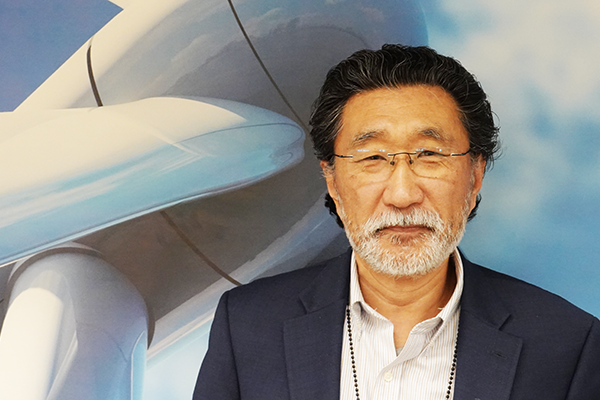
Meet the Program Director: Dr. Jungho Kim
Tell us about your background and what brought you to ARPA-E.
I joined ARPA-E from the University of Maryland where I have taught in the Department of Mechanical Engineering since 1998. I have always been interested in ARPA-E because my primary field of research is in the thermosciences (heat transfer, fluid mechanics, thermodynamics.) Given ARPA-E’s visibility and funding ability, what better place is there to serve and have a chance to have an outsized impact on our energy use and infrastructure?
What are your initial impressions of working at ARPA-E?
ARPA-E is an organization full of very smart, motivated, and articulate energy nerds. I find it amazing I can walk a few steps from my office and talk to science professionals in fields as diverse as materials engineering, chemistry, nuclear, plant sciences, controls, and microbiology—all topics I never thought I needed to know much about until coming here. Not in my wildest dreams did I think I would be reading “Botany for Dummies”, learning about butterflies, talking with top scientists about managing native prairie grasses, or learning about the effects of rock weathering on atmospheric carbon dioxide (CO2). Just being at ARPA-E and talking with other Program Directors has led to new interdisciplinary ideas.
What existing ARPA-E programs and future whitespaces do you plan to work on at ARPA-E?
I have been “learning the ropes” by tagging along on the COOLERCHIPS program run by Dr. Peter De Bock, and may end up managing a few of those projects. I am also interested in starting programs related to the building envelope and carbon sequestration.
Since approximately 12% of the energy used in the U.S. goes towards keeping our buildings comfortable, I’d like to develop low-cost, highly insulated windows and wall materials to reduce energy use of existing infrastructure by up to 75%. However, any technologies that are developed will need to be easily retrofittable given the large volume of buildings that already exist.
We will also need energy efficient methods to draw down CO2 from the atmosphere to reach net zero. Sequestering atmospheric CO2 by leveraging photosynthesis (free energy) to grow biomass and storing their carbon in a durable way (e.g, simple burial, torrefaction, pyrolysis) is probably the simplest, least energy intensive, and most cost-effective method to accomplish this. Significant questions that will need to be addressed include the types of plants to grow, the durability of the carbon storage, and nutrient recovery methods.
What do you hope to accomplish during your tenure at ARPA-E?
Program Directors are term limited at ARPA-E, so I’d consider my time here to be a success if any programs I start eventually reduce U.S. energy consumption by at least 1%.
